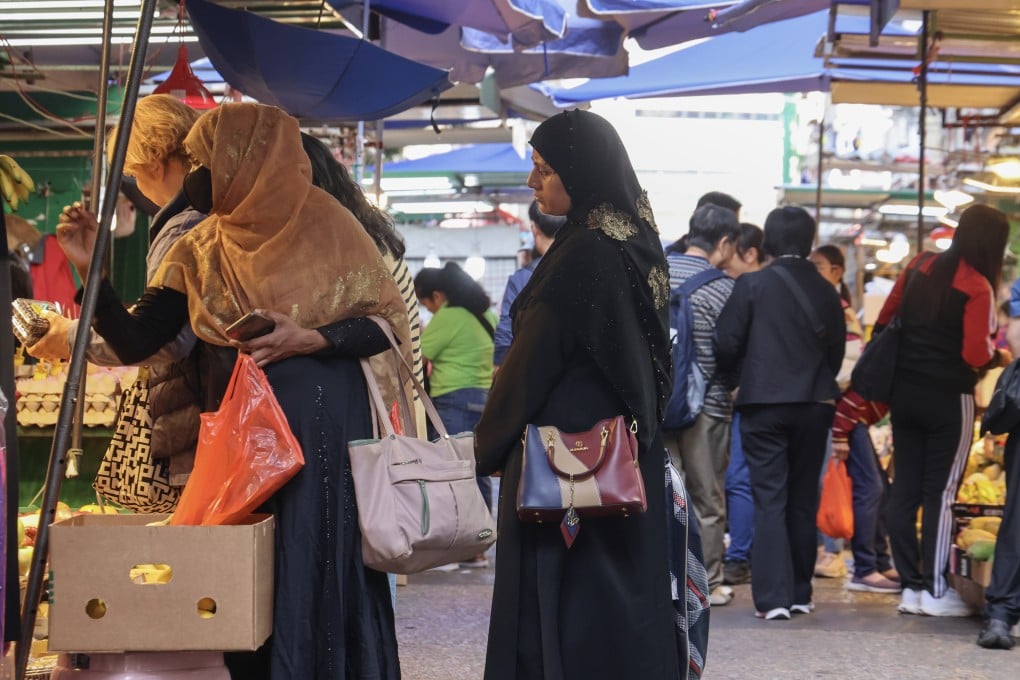Letters | More work is needed to ensure an inclusive Hong Kong
Readers discuss how to tackle ethnic barriers in Hong Kong, the city’s international status, and the danger of AI revolt

In 2020, the government launched a three-year ethnic minority district ambassador pilot scheme in nine districts with larger ethnic minority populations. Last year, the government introduced eight care teams focused on ethnic minorities.
However, as the letter highlights, structural barriers persist, particularly for the Pakistani community. I know people who share these concerns. Despite obtaining qualifications from reputable Hong Kong institutions and diligently applying for legal internships and positions, they often do not hear back from prospective employers. This suggests a gap exists between policy intentions and practical implementation, particularly with regard to job opportunities for ethnic minorities.
Some measures could strengthen the government’s existing efforts. First, promote inclusive hiring practices across the public and private sectors to help address unconscious bias. This could include promoting anonymised recruitment processes in early stages and establishing diversity benchmarks in fields where ethnic minority representation remains low. Perhaps the civil service could lead by example.
Second, enhance support for Chinese language acquisition. While programmes exist, expanding teacher training for Chinese as a second language and creating more opportunities for intercultural exchange in schools could help bridge the proficiency gap and promote social cohesion.